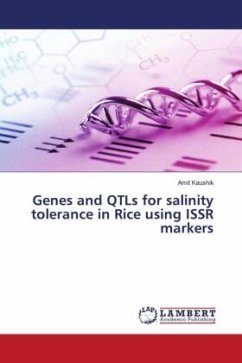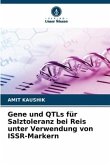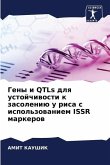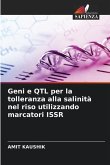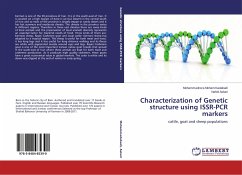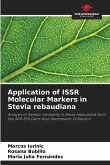Salinity tolerance and molecular polymorphism in rice was analysed using a CSR10 (salt-tolerant indica) x HBC19 (Taraori Basmati, premium traditional Basmati, salt-sensitive) F3 segregating population. Out of 38 ISSR primers from UBC primer set #9, 26 primers were selected on the basis of amplification of sharp and clear bands and used for further molecular marker analysis. 26 ISSR primers amplified a total of 149 bands. On an average 5.7 bands per primer were detected and number of bands per primer ranged from 4 to 11. Over all size of PCR products ranged between 200 to 3530 bp. Of the 149 bands, 89 were mono-morphic and 60 were poly-morphic. Four bands out of the 149 bands were present in the F3 plants only. The polymorphic bands amplified with the primer number 825, 826, 836, 849, 853, 848 and 866 were more frequently present (up to 90%) in salt tolerant genotypes as compared to salt sensitive genotypes. Such polymorphic bands stand greater chances of having a linkage with thegenes / QTL's for salinity tolerance and should be the target for further studies.

